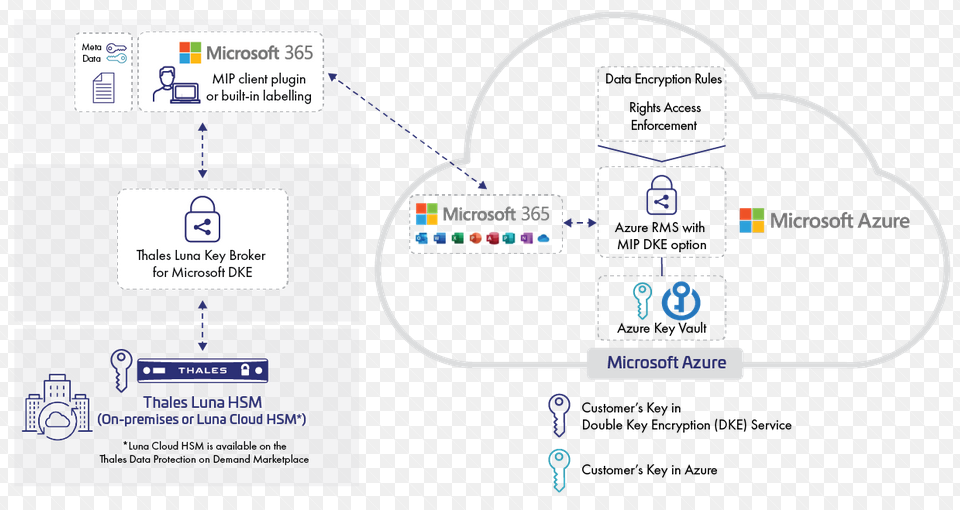Getting Started
Establishing a solid foundation for your serverless security practice is pivotal. Secu‐ rity can, and must, be a primary concern. And it is never too late to establish this foundation.
As previously alluded to, security must be a clearly defined process. It is not a case of completing a checklist, deploying a tool, or deferring to other teams. Security should be part of the design, development, testing, and operation of every part of your system.
Working within sound security frameworks that fit well with serverless and adopting sensible engineering habits, combined with all the support and expertise of your cloud provider, will go a long way toward ensuring your applications remain secure.
When applied to serverless software, two modern security trends can provide a solid foundation for securing your application: zero trust and the principle of least privilege. The next section examines these concepts.
Once you have established a zero trust, least privilege security framework, the next step is to identify the attack surface of your applications and the security threats that they are vulnerable to. Subsequent sections examine the most common serverless threats and the threat modeling process.
Optimism Is Greater than Pessimism
The Optimism Otter says: “People in our organisation need to move fast to meet the needs of our customers. The job of security is to help them move fast AND stay secure.”
Serverless enables rapid development; security specialists should not only support this pace but also act upon it. They should enhance the safety and sustainability of the pace and, above all, not slow it down.
Software engineers should delegate to security professionals whenever there is a clear need, either through knowledge acquisition or services, such as penetration testing and vulnerability scanning.
